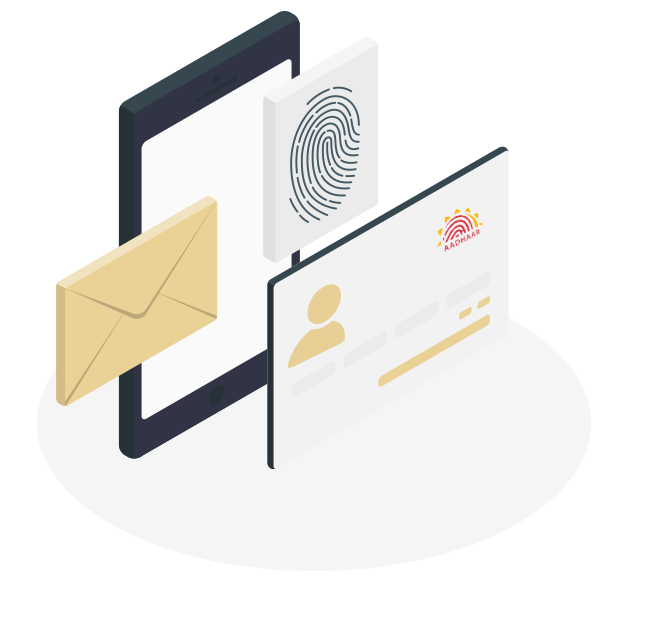What PiChain can do for your Business?
Select from over 50+ pre-made products that match your
requirements,
and only pay for the features your business needs.
Supplier Onboarding
Ready to use Supplier Onboarding Solution, do KYC/KYB, check credit history. analyse bank statement, compliance check.
Read MoreHome Loan Platform
Platform Specifically designed for Home loan needs, verify client details. Automate credit check, salary check. document verification
Read MoreInvestor Sanity Check
Background Verification Platform for Investors, Automate Investor Onboarding journey.
Read MoreBackground Check Solution
Holistic Background Check Solution for Employee Verification, Vendor Onboarding etc
Read MoreInvestor Due Diligence Platform
Automate Due Diligence of Startup founders with Pichain Platform, faster onboarding with no error.
Read MoreAutomobile Solution Design
Customised Solution for Automobile Industry with our Vehicle verification and Driving Licence APIs
Read More%
Decrease in Operating Cost
%
Reduction
in TAT
x
Decrease in rentention cost
%
Data
Accuracy
Why Choose PiChain ?
1. Onboard More Customers
Make a great first impression using our Smart Capture SDK with automated identity verification
2. Navigate Compliance Mandates
Satisfy global and local regulatory compliance, including KYC, AML and age verification requirements. Satisfy global and local regulatory compliance, including KYC, AML and age verification requirements.


3. Reduce Cost and Complexity
Automate onboarding to reduce the cost of customer acquisition. It’s easy to orchestrate journeys that make verification simple
4. Seamless & Quick Deployment
Rapid implementation, thanks to a collection of pre-built architecture and cloud based delivery. It can be done with very less coding knowledge.
Our Process
Authenticate documents and verify your customers in just simple
steps without breaking
a sweat and reduce your time-to-market from months to weeks
Assemble Features
Pick & choose features from our AI platform. Submit the features, accept delivery, time and cost.
Track Development
Track every step development, interact with developers through our 19*7 Support
Final Testing
Team PiChain does functional and non-functional testing for you . And make sure that product is bug free
Handover
We love to handhold you life time, incase you want to own the code and continue development inhouse, we provide free knowledge transfer
Our Pricing
We believe in Try Before You Buy policy. We offer Free API
testing credits if you sign Up to test the
Rest API responses before you integrate it into your
application.
Standard
Ready-to-use Pre-Packaged Solution
Rs. 10,000/- mo
✓ Access to 100+ Verification APIs
✓ Company Verification Solution
✓ Anti Money Laundering Solution
✓ Court Case/Police verification
✓ Bank Statement Analyser
✓ Standard Email & Phone Support
✓ 5000 Wallet Credits every month
✓ Customized Pricing Options
Great value
Premium
Our Al means you pay less and your price is guaranteed before you start!
Rs. 20,000/- mo
✓ Customised underwriting Process
✓ Drag and Drop the Services
✓ 80% reduction in Development Cost
✓ Managed – by your own
dedicated expert
✓ Delivery in 30 Days
✓ 10000 Wallet Credits every month
✓ Premium Support- 19’7